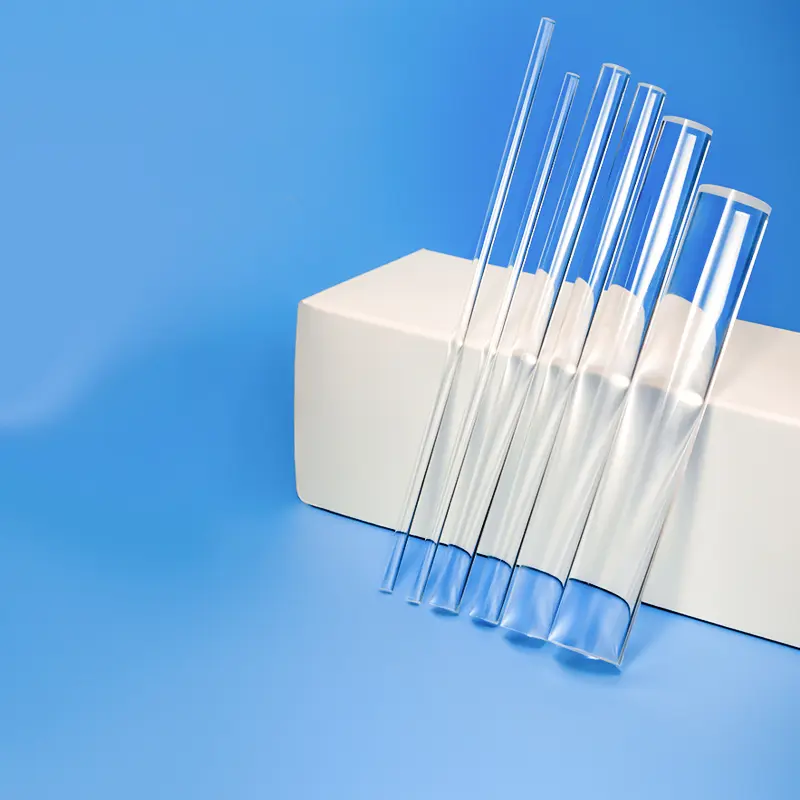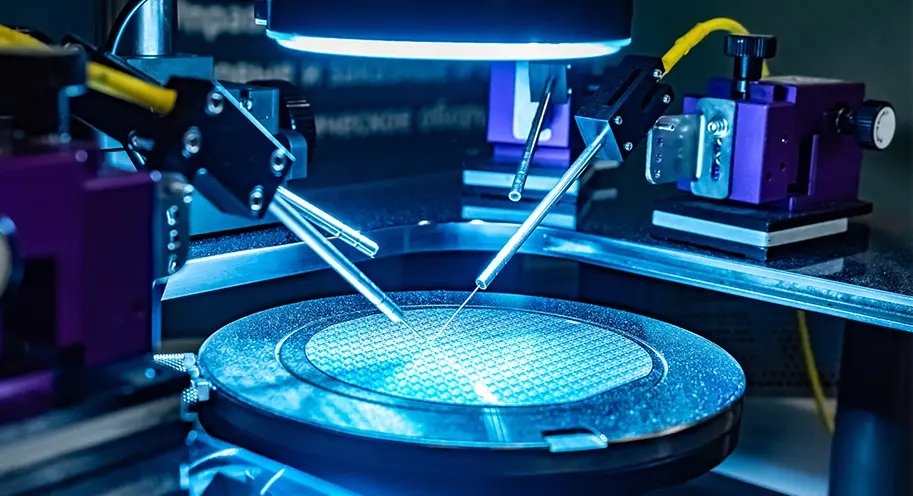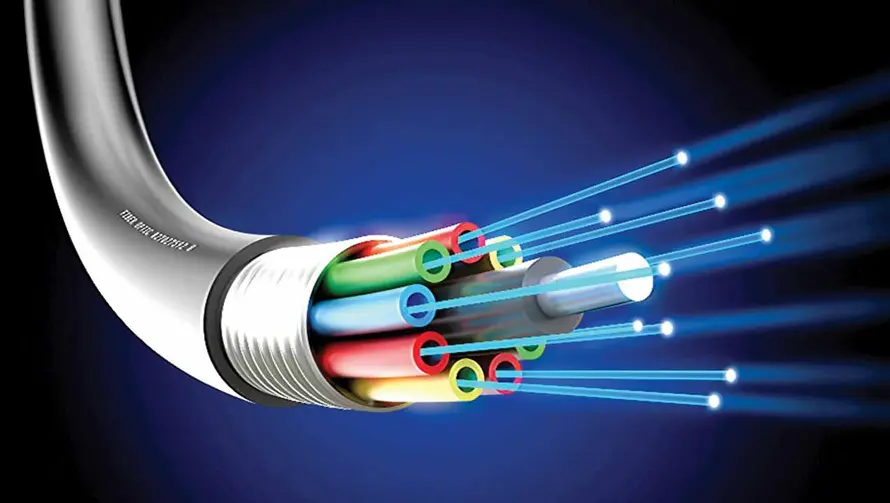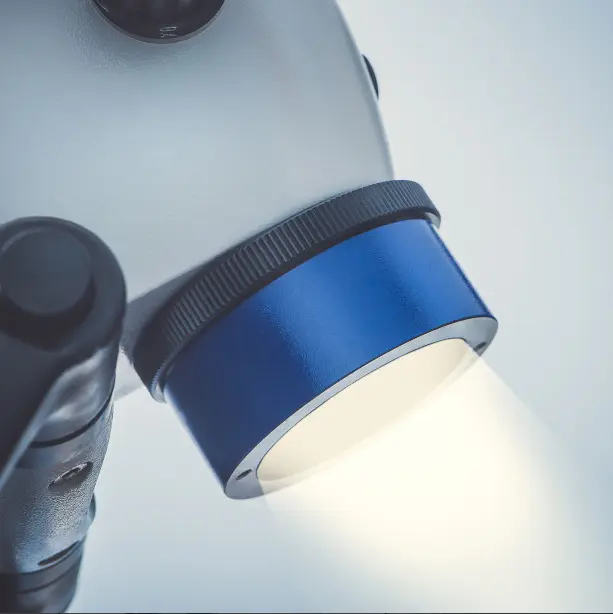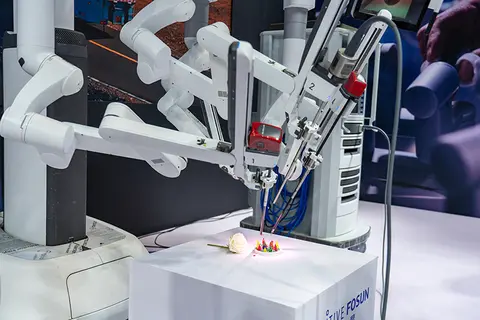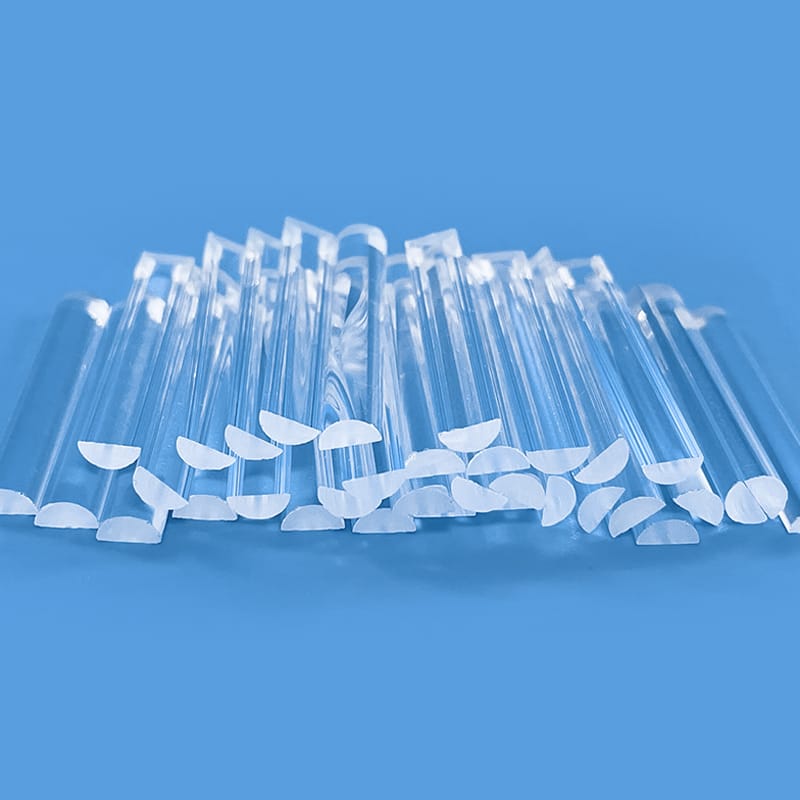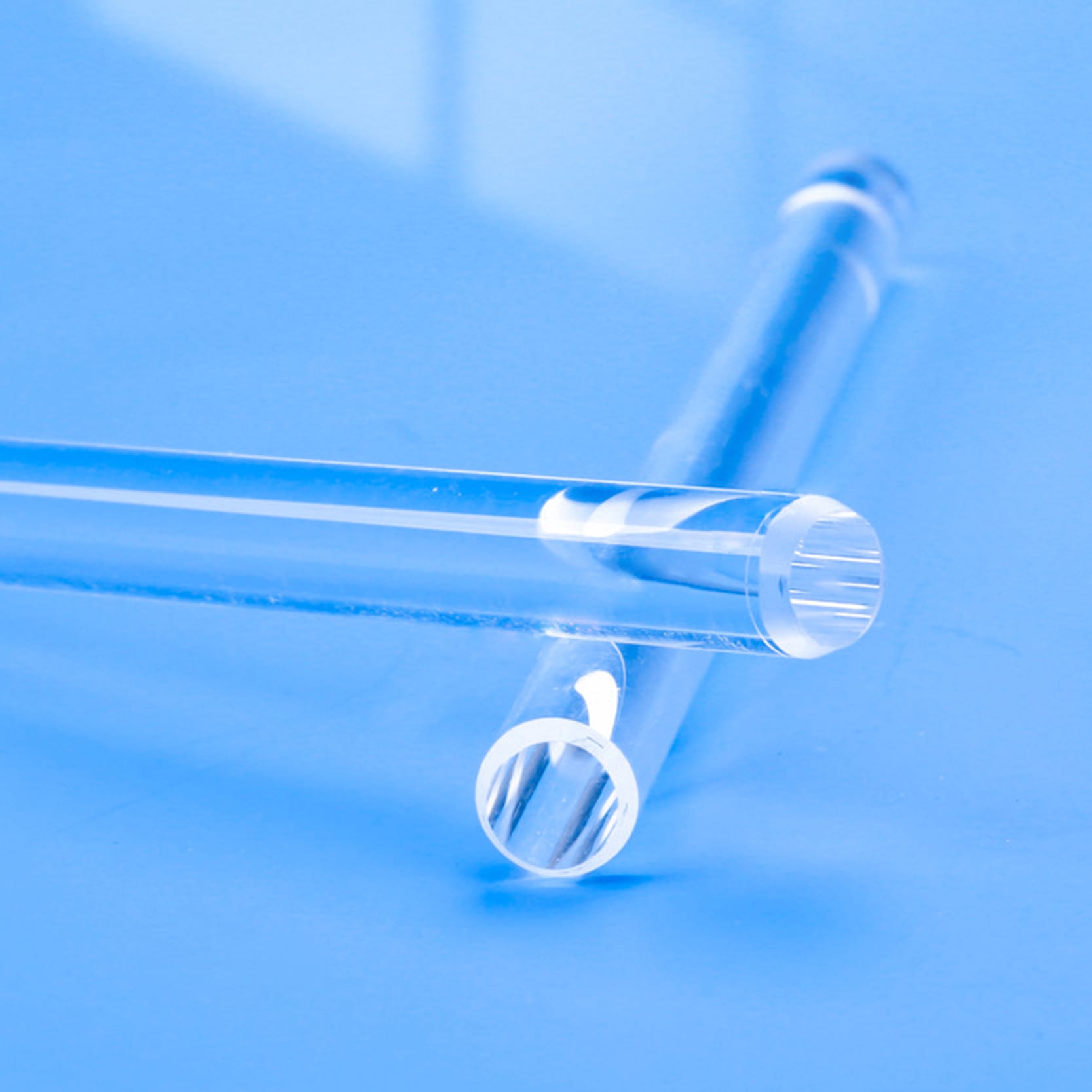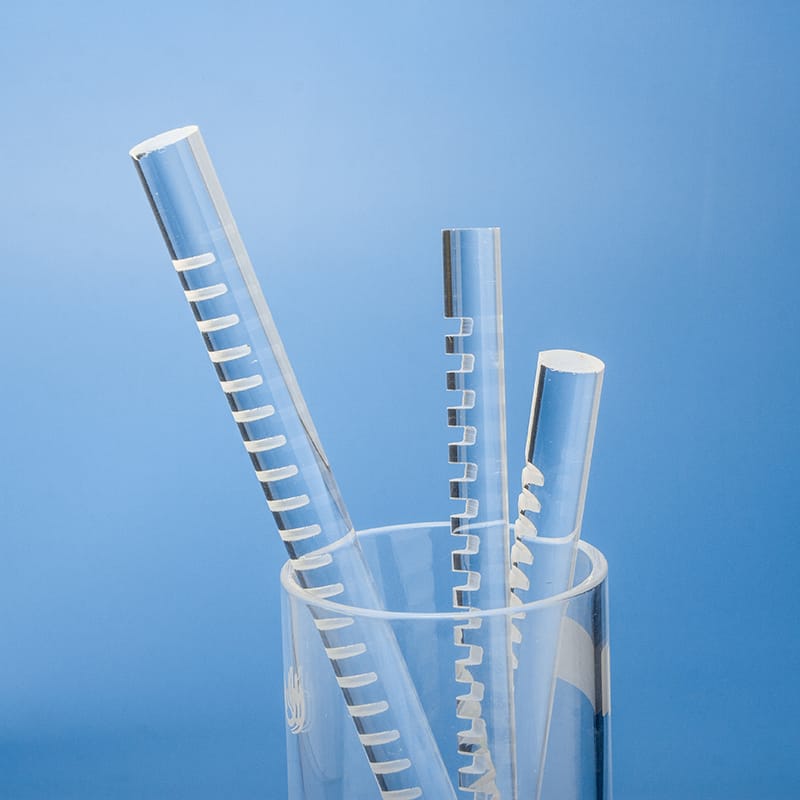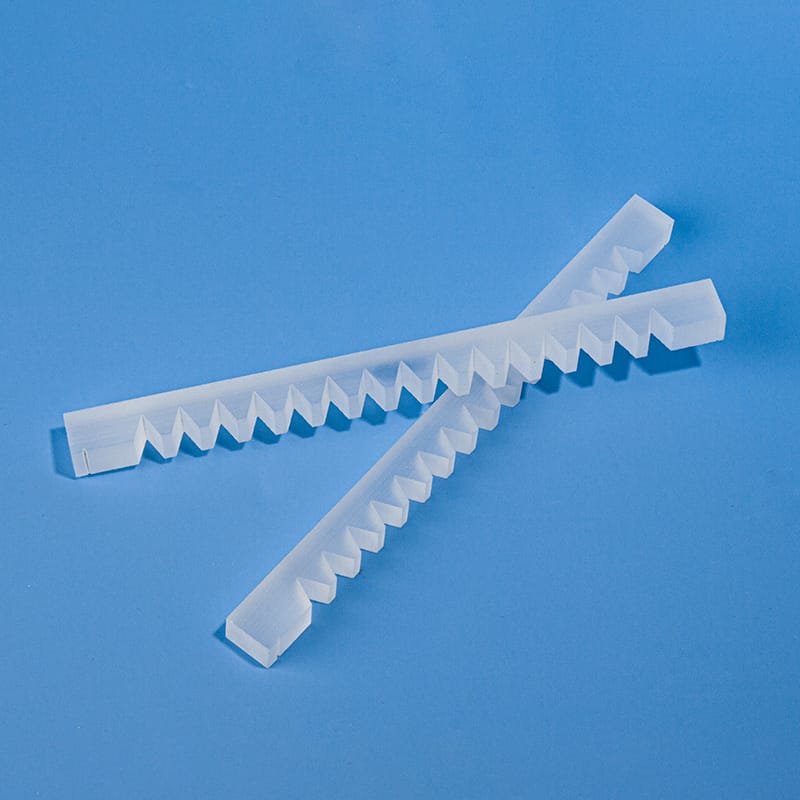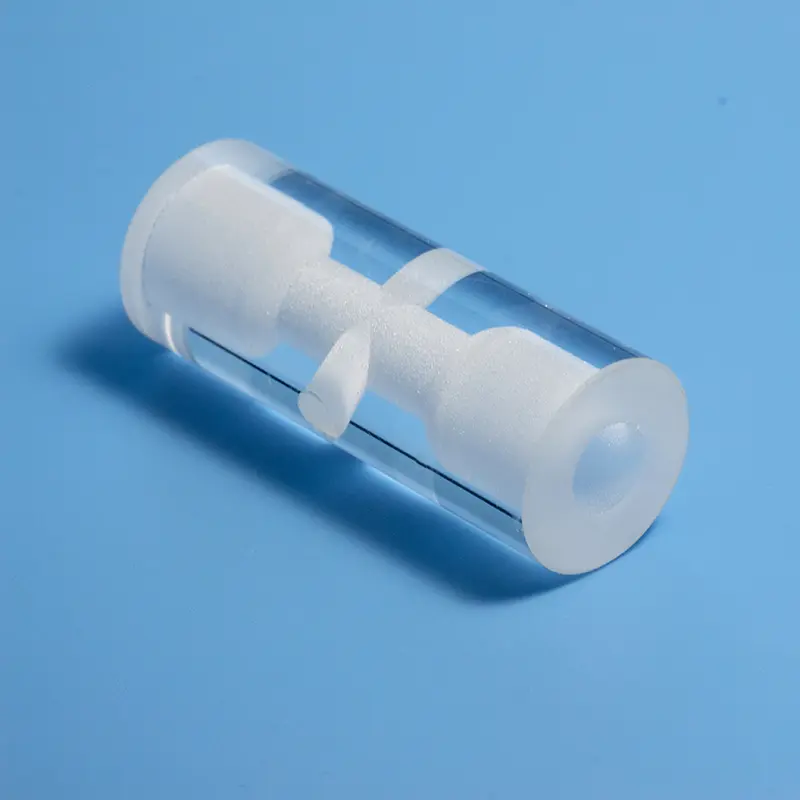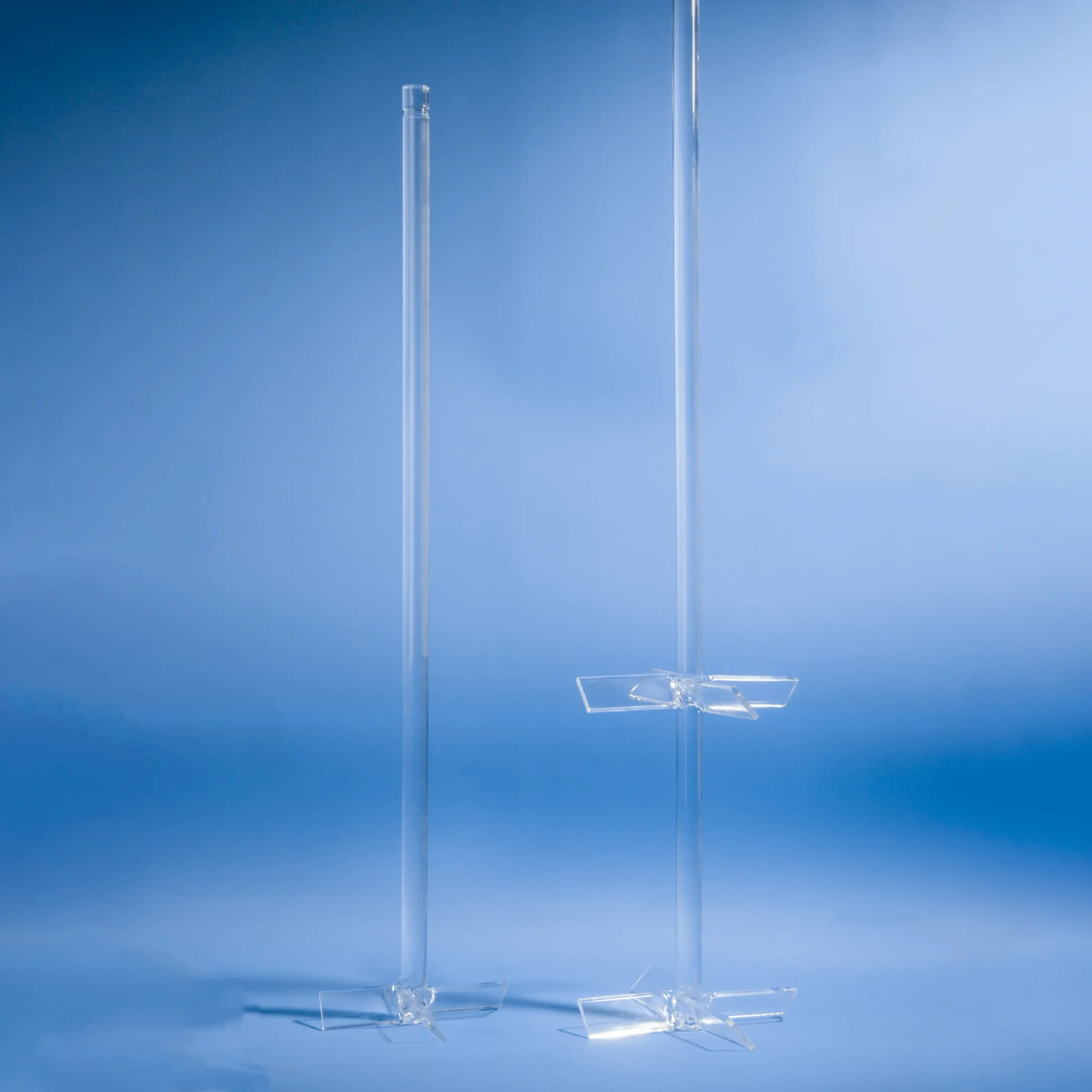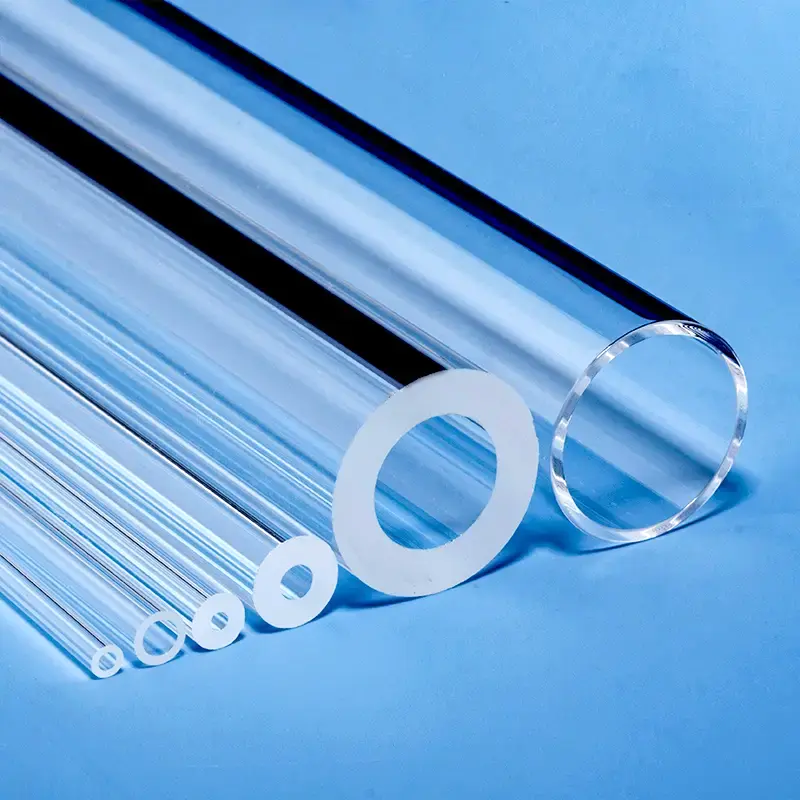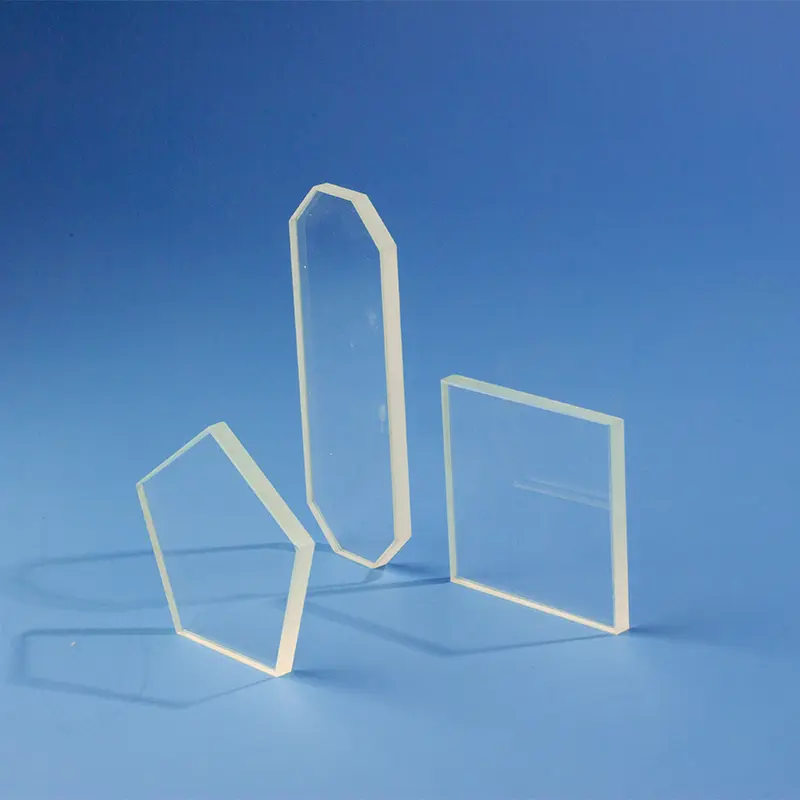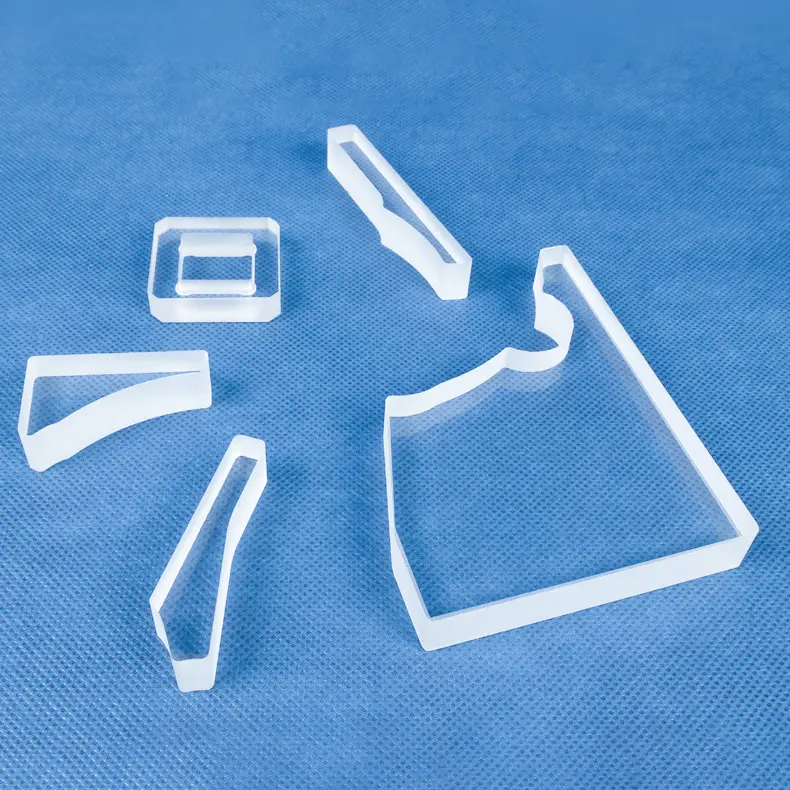Quartz rods are rod-shaped materials primarily made from quartz sand, characterized by high purity, high-temperature resistance, and corrosion resistance.
| diameter | length |
|---|---|
| 10mm | 300mm |
| 10mm | 600mm |
| 12mm | 300mm |
| 12mm | 600mm |
| 14mm | 300mm |
| 14mm | 600mm |
| 15mm | 300mm |
| 15mm | 600mm |
| 15mm | 1000mm |
| 16mm | 300mm |
| 16mm | 600mm |
| 16mm | 1000mm |
| 16mm | 1200mm |
| 18mm | 300mm |
| 18mm | 600mm |
| 18mm | 1000mm |
| 18mm | 1200mm |
| 20mm | 300mm |
| 20mm | 600mm |
| 20mm | 1000mm |
| 20mm | 1200mm |
| 22mm | 300mm |
| 22mm | 600mm |
| 22mm | 1000mm |
| 22mm | 1200mm |
| 25mm | 300mm |
| 25mm | 600mm |
| 25mm | 1000mm |
| 25mm | 1200mm |
| 28mm | 300mm |
| 28mm | 600mm |
| 28mm | 1000mm |
| 28mm | 1200mm |
| 30mm | 300mm |
| 30mm | 600mm |
| 30mm | 1000mm |
| 30mm | 1200mm |
| 32mm | 300mm |
| 32mm | 600mm |
| 32mm | 1000mm |
| 32mm | 1200mm |
| 35mm | 300mm |
| 35mm | 600mm |
| 35mm | 1000mm |
| 35mm | 1200mm |
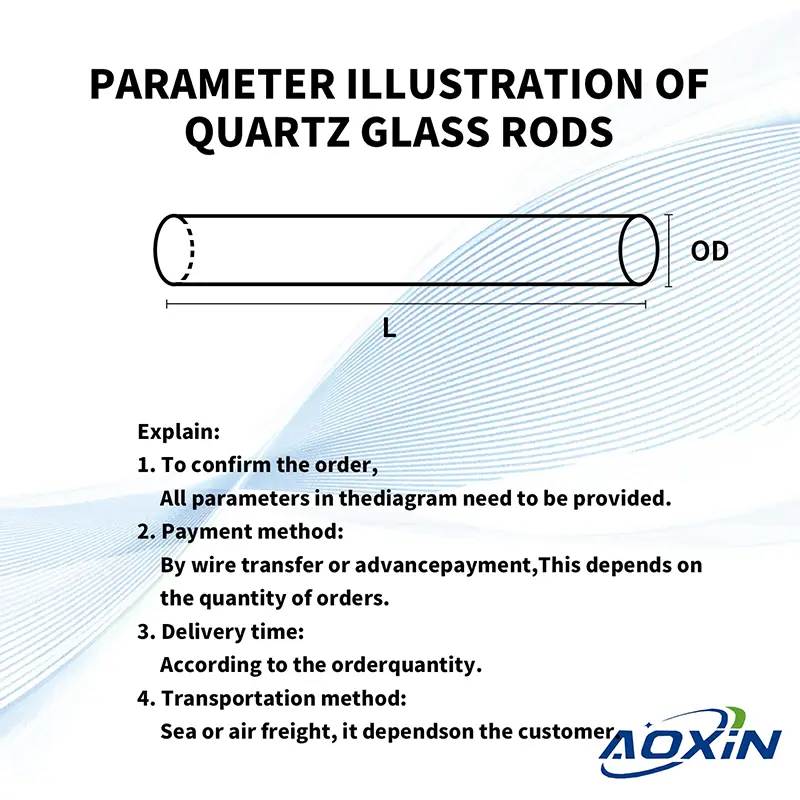
- Payment method:
By T/T or prepayment,
It depends on the quantity of the order. - Delivery time:
According to the order quantity. - Shipping method:
By sea or by air,
It depends on the customer.
Remarks:
To confirm the order,
the following parameters are required:
① outer diameter ② length ③ quantity
エラー: コンタクトフォームが見つかりません。
| 物件内容 | 資産価値 |
|---|---|
| 二酸化ケイ素 | 99.99% |
| 密度 | 2.2×10³ kg/cm³ |
| 硬度 | 5.5 - 6.5 モース硬度 570 KHN 100 |
| 引張強度 | 4.8×10⁷ Pa (N/mm2) (7000 psi) |
| 圧縮強度 | >1.1×10⁹Pa (160,000 psi) |
| 熱膨張係数 | 5.5×10-⁷cm/cm-°C (20°C-320°C) |
| 熱伝導率 | 1.4 W/m-°C |
| 比熱 | 670 J/kg-°C |
| 軟化点 | 1730度C(3146度F) |
| アニーリングポイント | 1210度C(2210度F) |
| ストレイン・ポイント | 1120度C(2048度F) |
| 作業温度 | 1200°C |
| 電気抵抗率 | 7×10⁷Ωcm (350°C) |
| サイズ | カスタマイズ |
| ロゴ | カスタマイズされたロゴ |
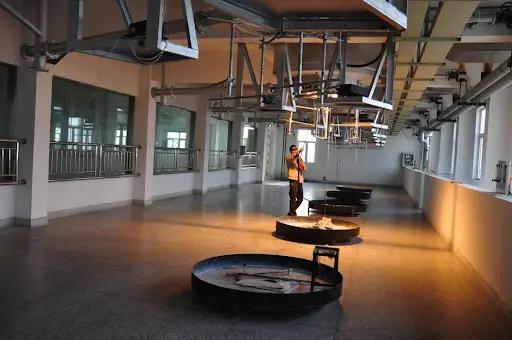
There are two primary methods for producing quartz rods: the continuous method and the flame fusion method (also known as the gas fusion method).
Continuous Method: In this method, quartz sand is fed from the top into a furnace, which comprises a metallic quartz crucible surrounded by electric heating elements. The quartz sand melts at high temperatures. The molten material then passes through a shaping orifice at the bottom of the crucible, producing rods, tubes, sheets, or other various specified product forms.
Flame Fusion Method: This method involves using hydrogen and oxygen to melt colorless quartz crystal. The molten material is formed into quartz glass through the melting and congealing of crystalline particles in the flame. The quartz glass is then removed from the flame through different methods and processed into quartz rods of the desired shape.
Superior Corrosion Resistance
Quartz rods are made from pure natural quartz stone, which provides exceptional resistance to corrosion, enabling long-term use in harsh environments such as acids and alkalis without being easily damaged.
High-Temperature Stability
The quartz composition of these rods provides excellent resistance to high temperatures, allowing them to withstand hot water, steam, and similar conditions without deformation or embrittlement.
Smooth and Flat Surface
Through precise processing, the quartz rod surfaces are smooth and flat, making them less prone to accumulating dirt, and thus are easy to clean and maintain.
igh Hardness and Compressive Strength
Quartz rods are resistant to external impacts and wear, resulting in a long service life.
アプリケーション・シナリオ
Semiconductor Manufacturing
Quartz rods are used in the semiconductor industry for manufacturing wafer processing equipment, photolithography equipment, and other semiconductor process tools. Their ability to withstand high temperatures and chemical corrosion is critical in semiconductor manufacturing processes.
The manufacturing process of quartz rods primarily involves melting quartz sand into hollow quartz preforms using a plasma flame. These preforms are then mechanically cold-worked into thick-walled quartz tubes. Finally, a medium-frequency induction heating non-contact secondary shaping technology is used to produce the quartz rods. This meticulous process ensures the quartz rods possess high purity, low hydroxyl content, high dimensional accuracy, and a superior surface finish free of defects.
In the electronics industry, quartz rods are primarily utilized as substrates for semiconductor materials and as bases for electronic components. Their excellent electrical insulation and thermal stability make them ideal for use in high-frequency circuits and sensors, as well as other high-precision electronic devices. Quartz rods are also crucial for the production of photomasks and glass chips, which are vital for enhancing electronic device performance.
Quartz rods exhibit an extremely low coefficient of thermal expansion and excellent resistance to thermal shock.
よくある質問
石英ガラスは硬くて脆い材料で、物理的、化学的性質が優れ、機械的硬度が非常に高く、電気絶縁性がよく、高温と耐食性に優れ、遅延性能が低く安定で、光透過性がよい。半導体、光学、電気、化学、航空宇宙、自動車などの分野で広く使用されている。硬くて脆い材料は加工が難しく、多くの分野で刃先の倒れが小さく、材料ロスが少なく、断面粗さが小さく、切断厚さ範囲が広い切断加工が急務となっている。石英ガラスの伝統的な切断方法は機械的切断、すなわち砥石切断である。非伝統的な切断方法には、ウォータージェット切断、電気化学放電ワイヤー切断、連続レーザー切断などがある。機械的切断はコストが低いが、ホイールと材料が接触するため工具の摩耗が大きく、材料が工具によって汚染されやすい。石英ガラスはエッジ崩壊、マイクロクラック、残留応力が発生しやすく、材料の強度や性能に影響する!曲線切断が難しく、研削や研磨などの後処理が必要。レーザー切断は材料に直接触れないため、接触応力がなく、複雑な曲線切断が可能です。ピコ秒レーザーは、スポット径が小さい、精度が高い、材料との作用時間が短い、作用面積が小さいなどの利点があり、硬くて脆い材料の加工に適しています。
。

